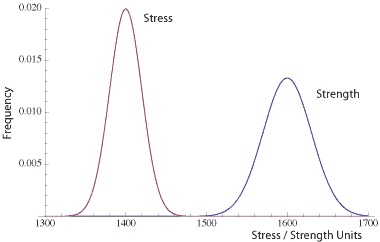
Each organization creates their own version of a product life cycle.
Often there are phase gate reviews that signal a transition from one phase to the next. In general, each set of phases follows a common progression from idea to retirement.
There are many references that include a description of the life cycle phases, so let’s explore two of them. [Read more…]















 Ask a question or send along a comment.
Please login to view and use the contact form.
Ask a question or send along a comment.
Please login to view and use the contact form.